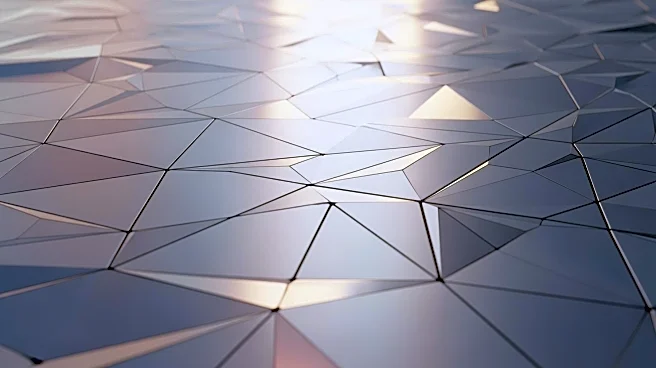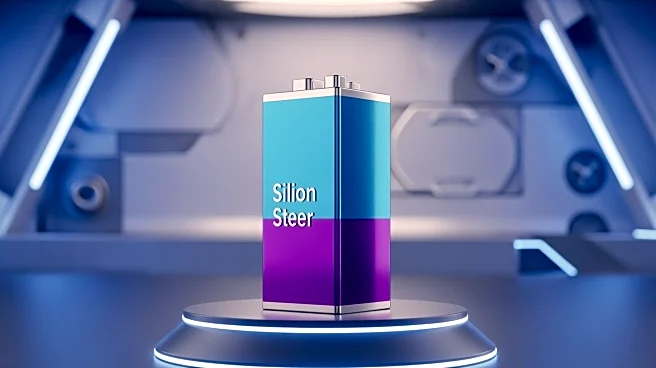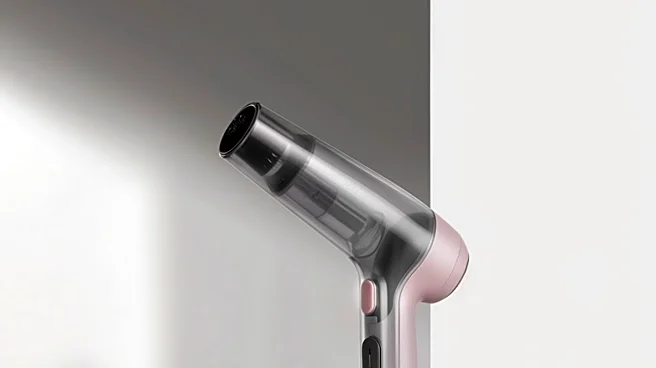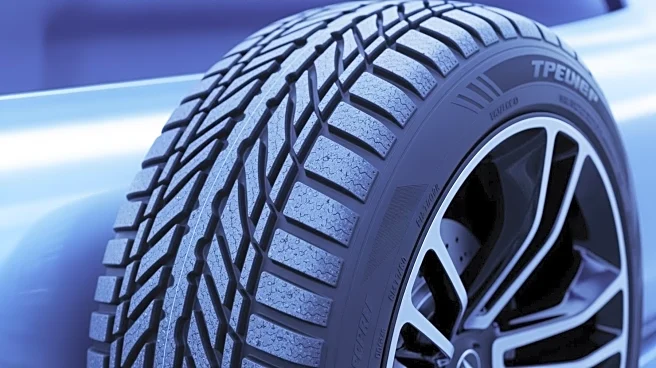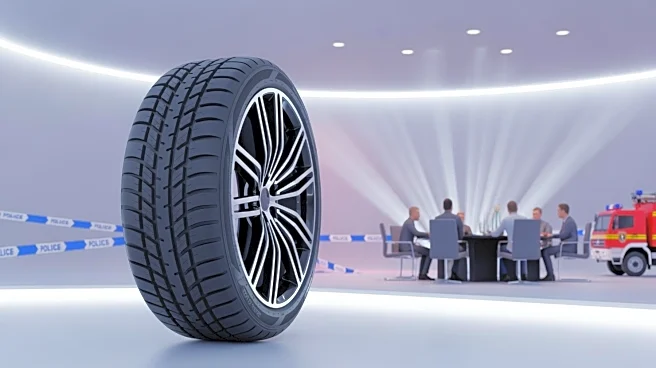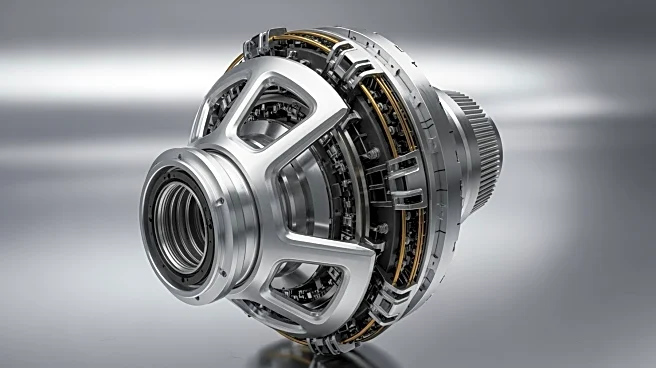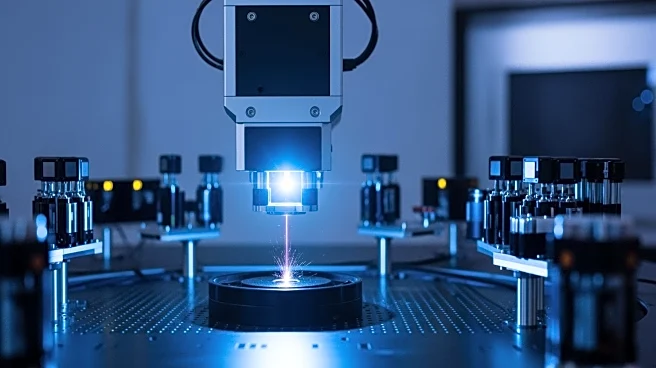What's Happening?
Researchers have developed a scalable technique for fabricating slippery surfaces with complex geometries, as detailed in a recent publication in Nature Communications. This new method allows for the creation of surfaces that mimic naturally low-friction,
high-repellency surfaces found in nature, enabling applications such as self-cleaning, anti-icing, and enhanced droplet mobility. The technique is compatible with various light-based manufacturing processes, including digital light processing and UV nanoimprint lithography, which facilitate high-resolution patterning and the fabrication of intricate 3D architectures.
Why It's Important?
The development of this technique is significant for industries that rely on advanced material properties, such as aerospace, automotive, and consumer electronics. By enabling the creation of complex slippery surfaces, this innovation could lead to more efficient and durable products, reducing maintenance costs and improving performance. Additionally, the ability to fabricate intricate designs opens up new possibilities for product innovation and customization, potentially driving economic growth in sectors focused on advanced manufacturing and materials science.
What's Next?
The adoption of this technique by manufacturers could lead to the development of new products with enhanced functionalities. Researchers and industry leaders may explore collaborations to further refine the process and expand its applications. As the technology gains traction, regulatory bodies might establish guidelines to ensure safety and environmental compliance in its use.
Beyond the Headlines
This advancement highlights the intersection of materials science and manufacturing technology, emphasizing the importance of interdisciplinary research in driving innovation. The ability to create complex geometries with slippery surfaces could lead to ethical considerations regarding the environmental impact of manufacturing processes and the sustainability of materials used.
